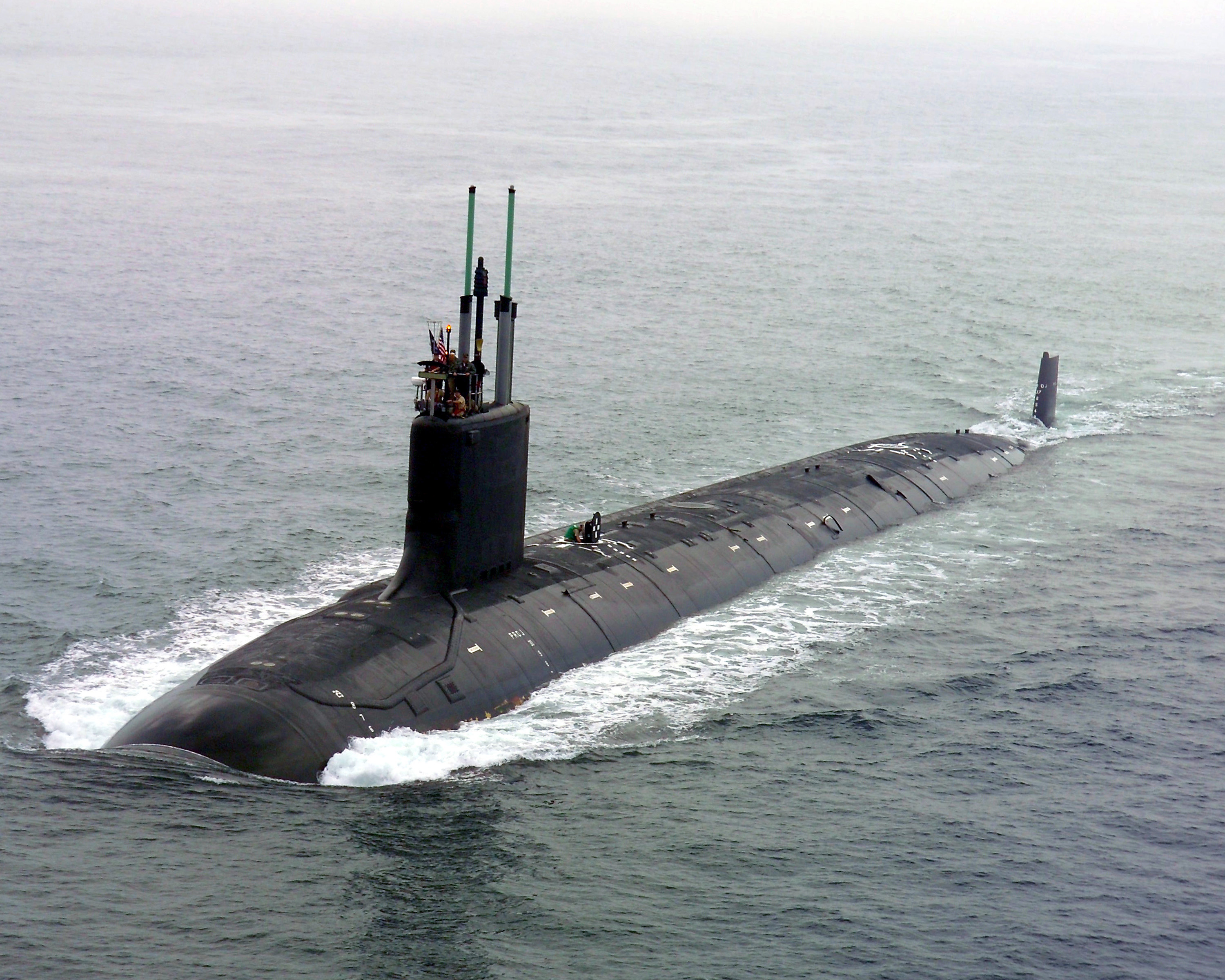Ask an Expert: Why are submarines so important?
This year's announcement that Australia would acquire nuclear-powered submarines from the US, and the subsequent cancellation of a $90 billion deal with France have launched submarines into the spotlight.

